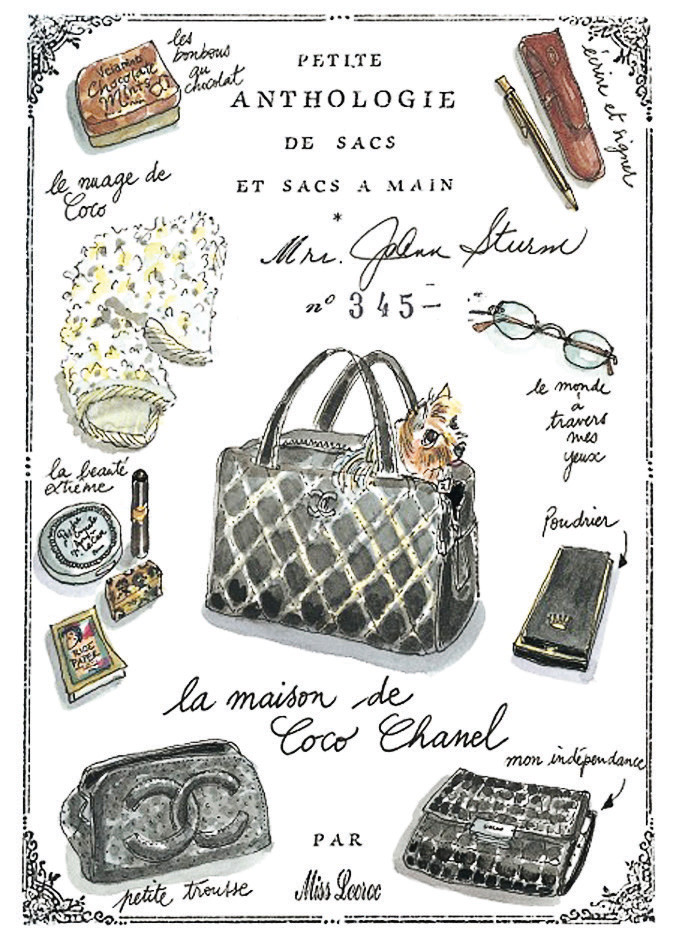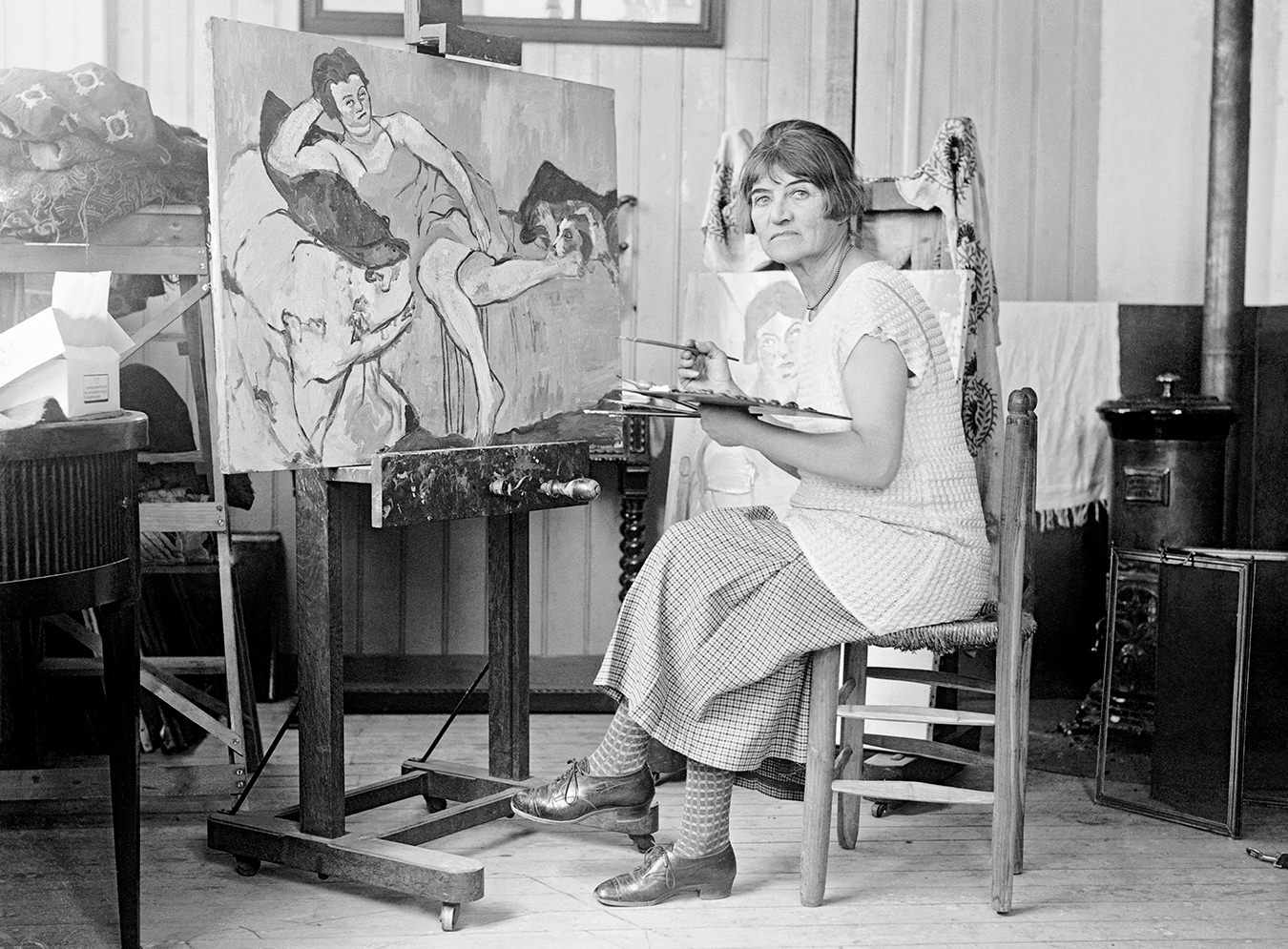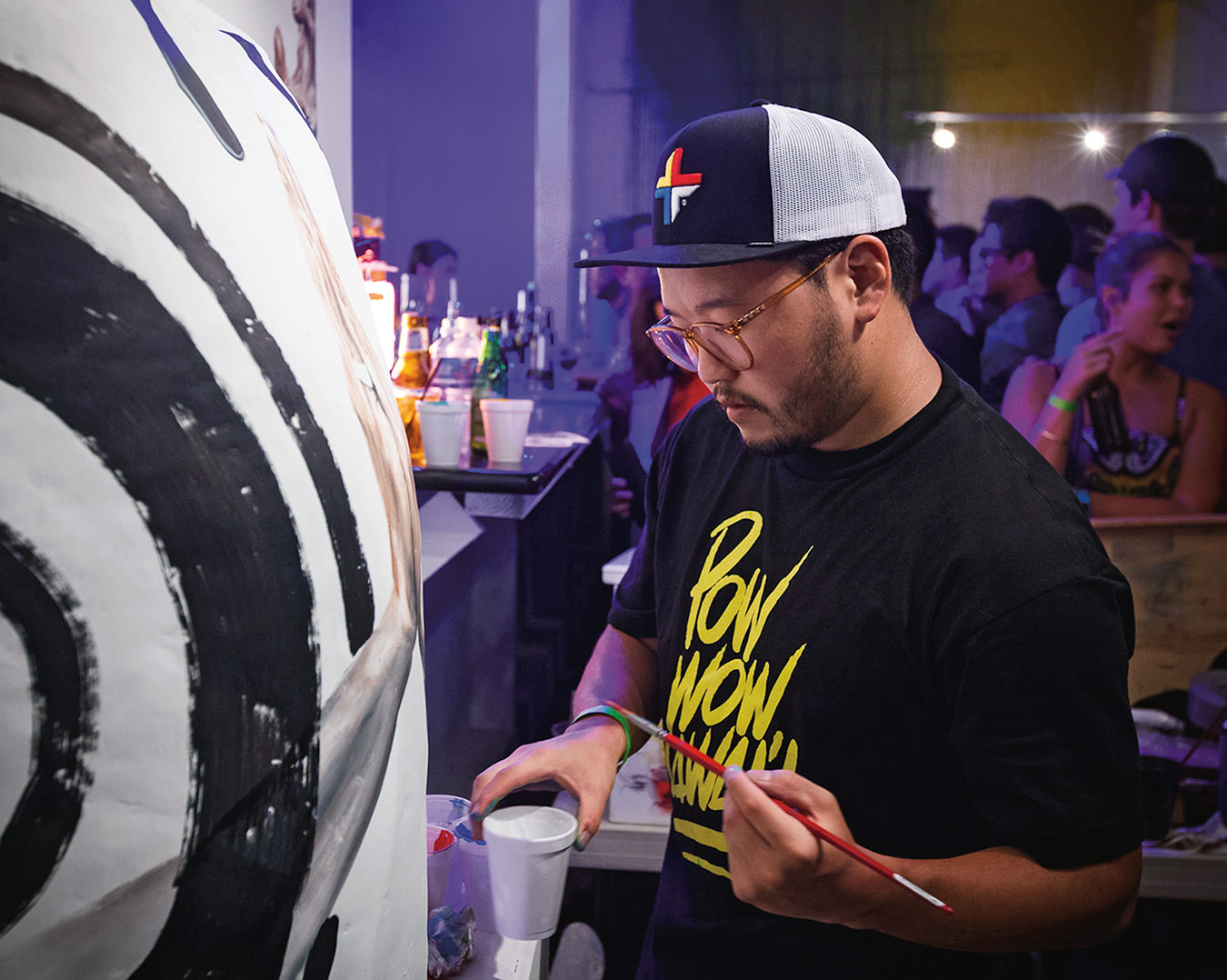-

Hiding in the City No. 113—Sunflower.
Courtesy Klein Sun Gallery and the artist, ©Liu Bolin. -
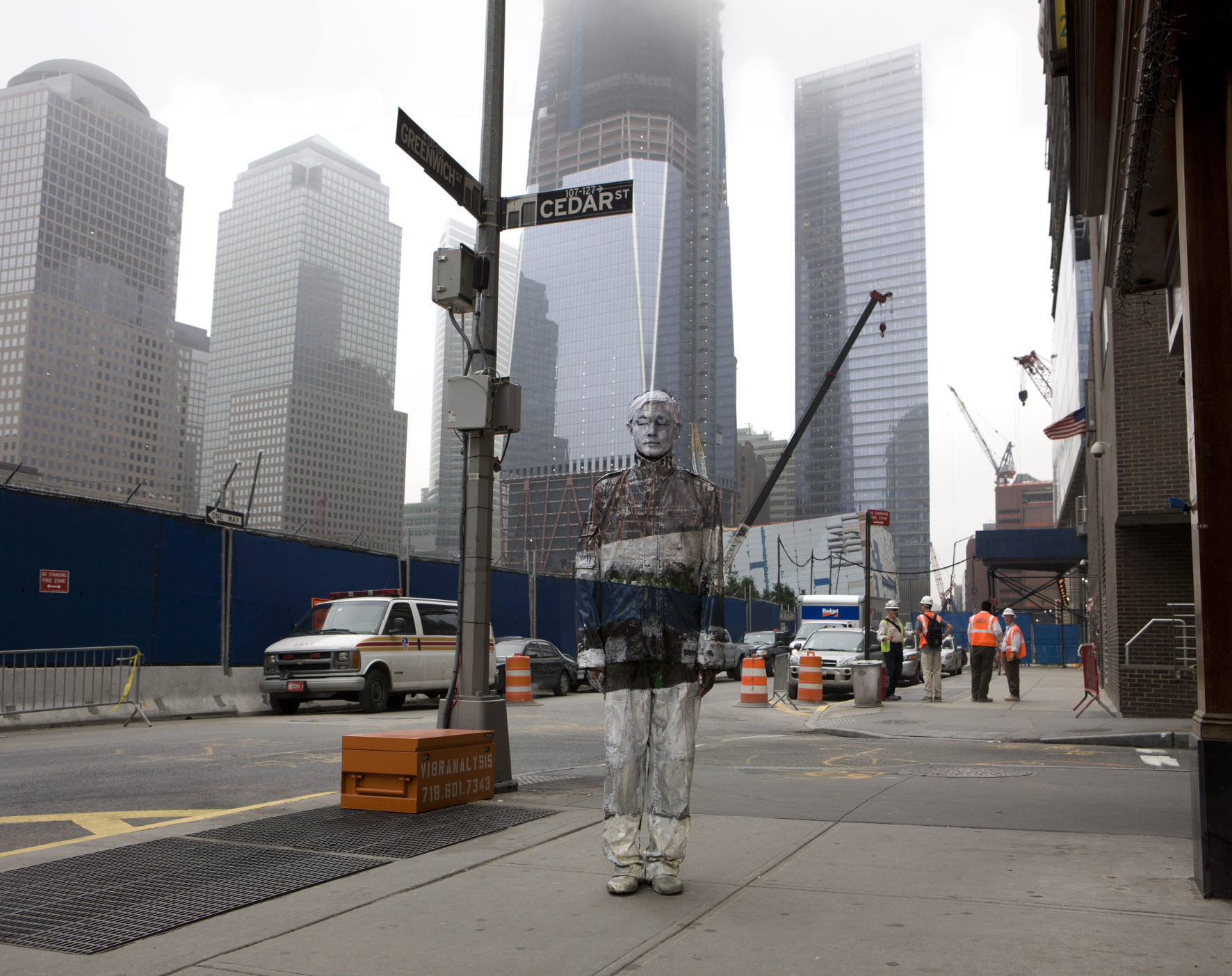
Hiding in New York No. 4—Ground Zero.
Courtesy Klein Sun Gallery and the artist, ©Liu Bolin. -

Migrants No. 1.
Courtesy Klein Sun Gallery and the artist, ©Liu Bolin. -
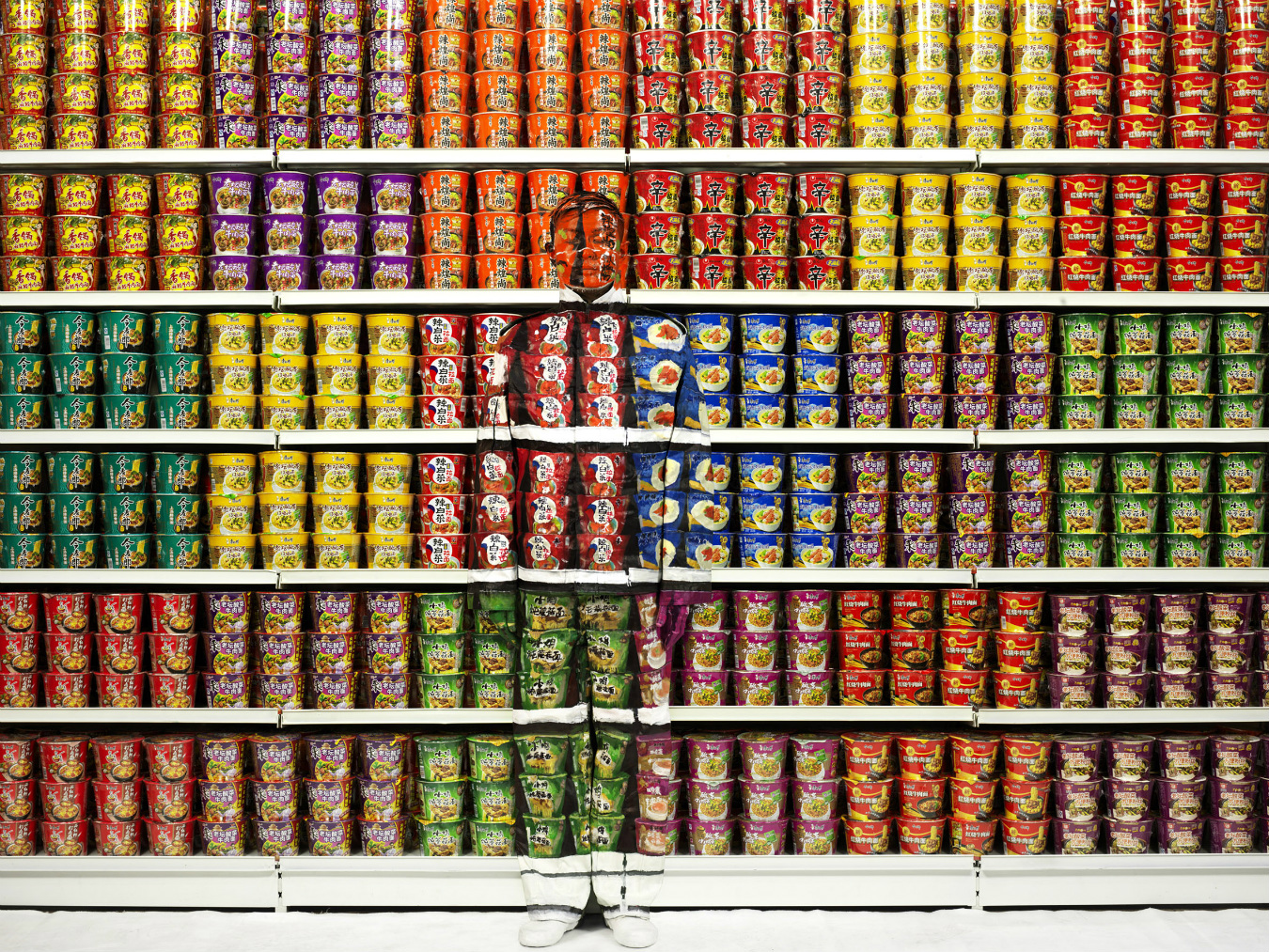
Hiding in the City—Instant Noodles.
Courtesy Klein Sun Gallery and the artist, ©Liu Bolin. -
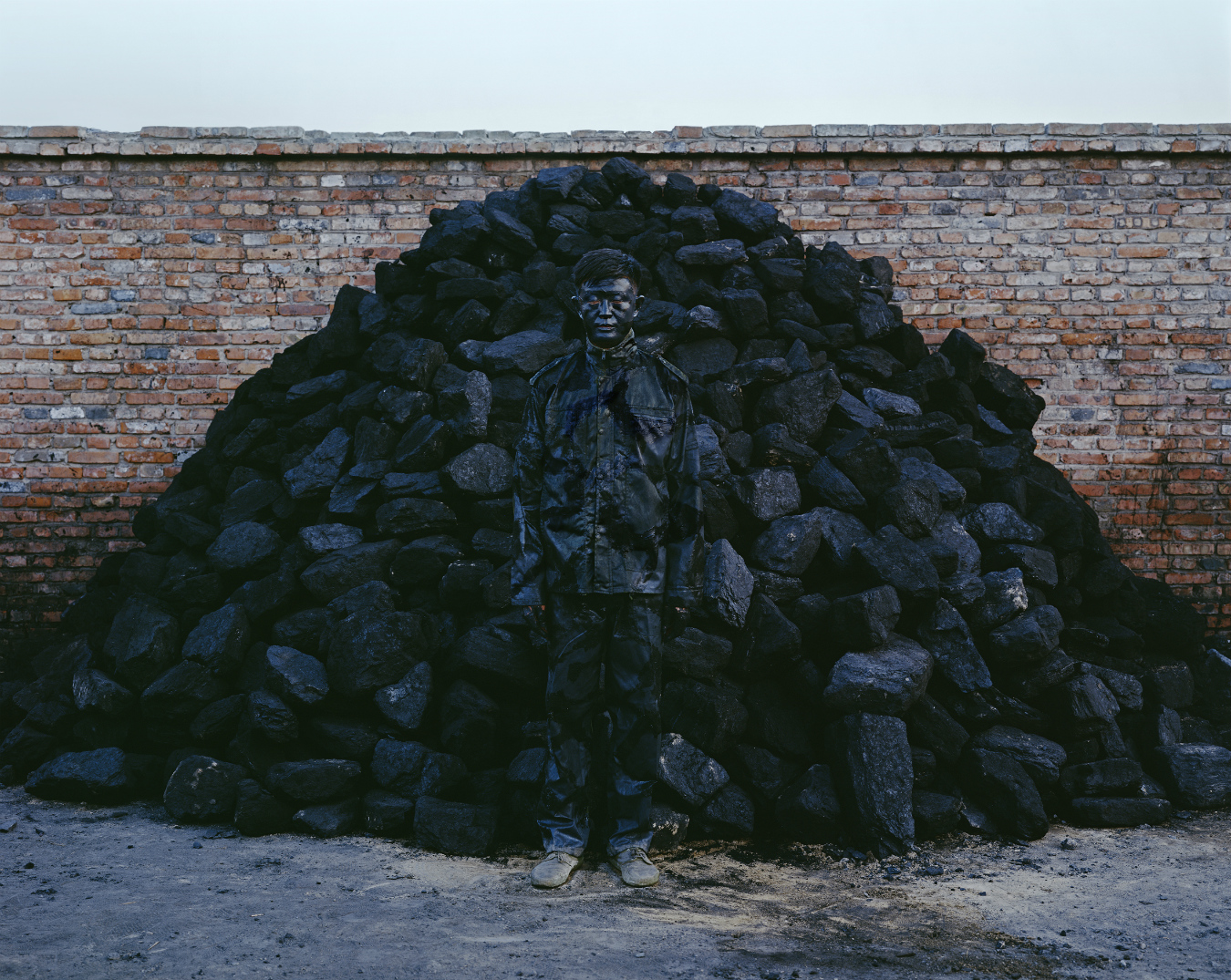
Hiding in the City No. 95—Pile of Coal.
Courtesy Klein Sun Gallery and the artist, ©Liu Bolin. -
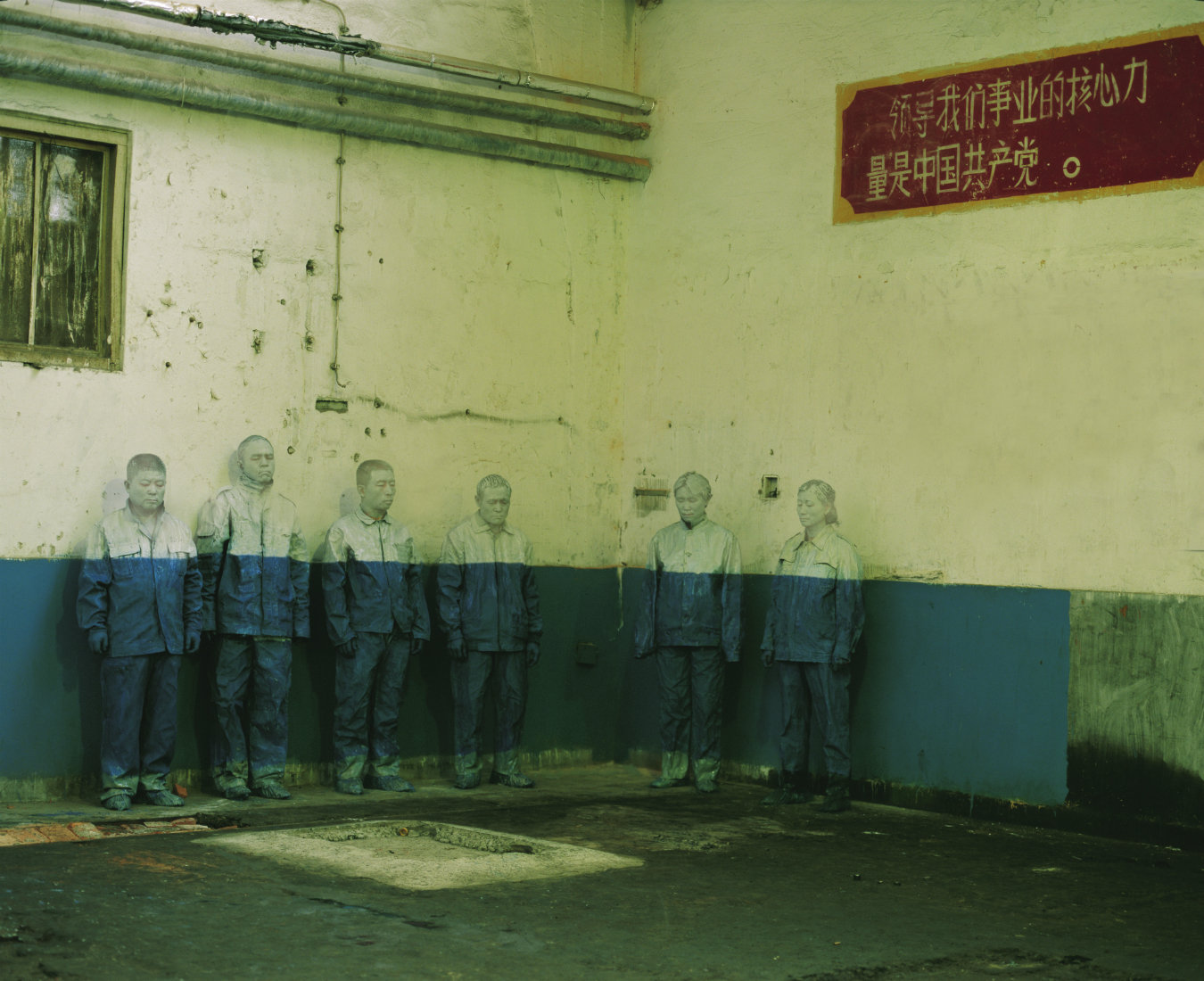
Hiding in the City No. 18—Laid Off.
Courtesy Klein Sun Gallery and the artist, ©Liu Bolin. -
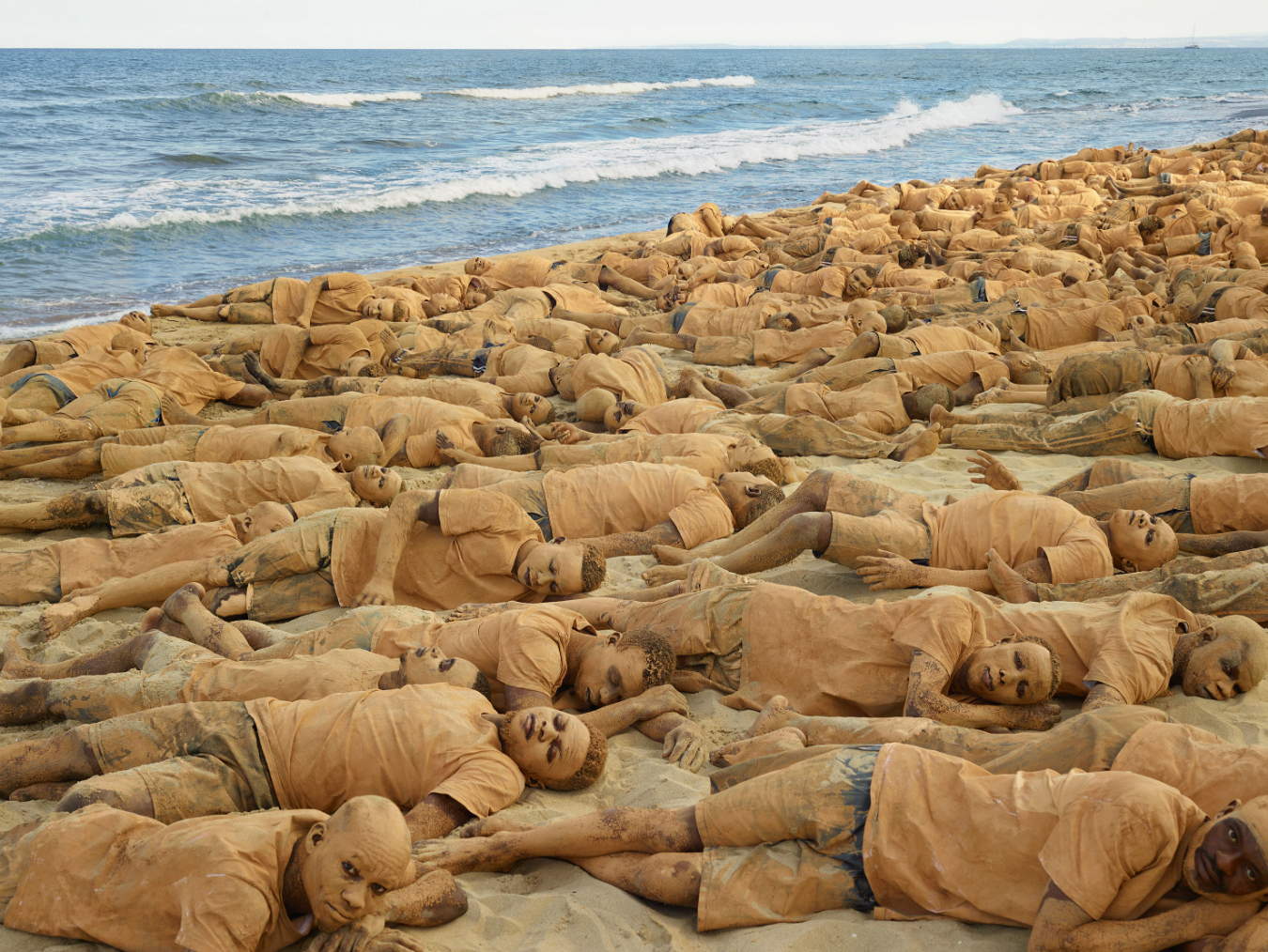
Migrants No. 3.
Courtesy Klein Sun Gallery and the artist, ©Liu Bolin. -
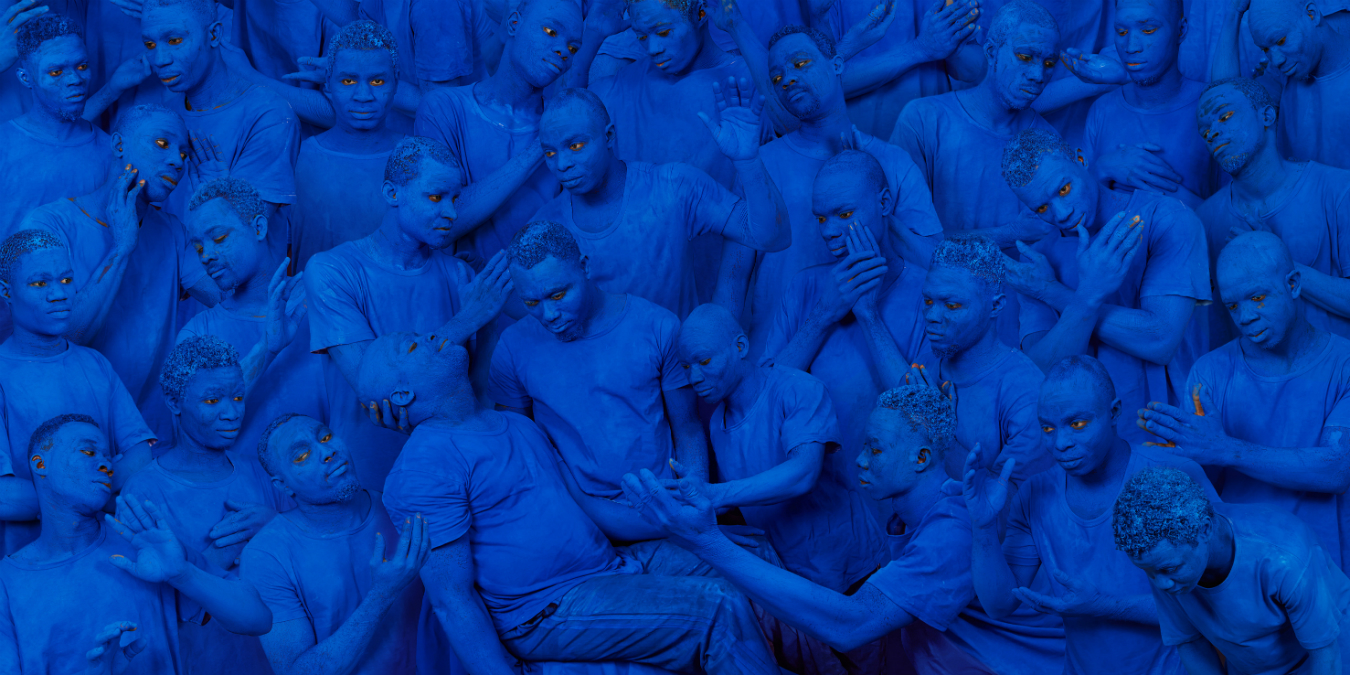
Migrants No. 4.
Courtesy Klein Sun Gallery and the artist, ©Liu Bolin. -
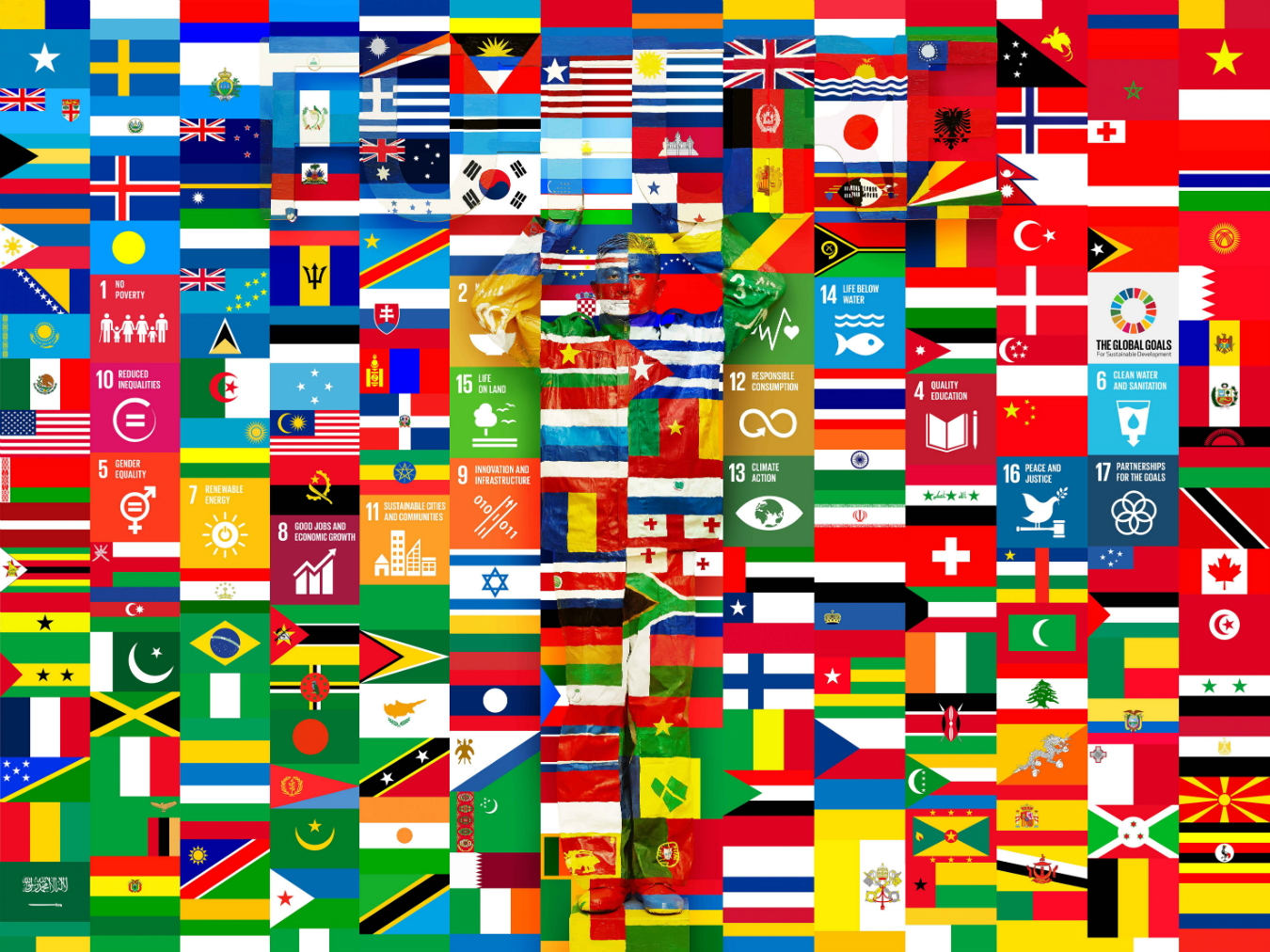
The Future U.N. Flags.
Courtesy Klein Sun Gallery and the artist, ©Liu Bolin.
Artist Liu Bolin
The invisible man.
Chinese visual artist Liu Bolin has found success within a curious paradox: he stands out by blending in. Trained by the Central Academy of Fine Arts, Bolin, known as the Invisible Man, has received global attention for his camouflage performance art. An oeuvre that he has worked on for the past 11 years, Bolin’s work is separated into a collection of series— “Hiding in the City”, “Protest”, and “Food Safety”, among others—where Bolin himself or a group of models are painted directly into a natural landscape or one created in his studio, blending almost entirely save the barely-visible outline of the human form.
“I am interested in expressing people’s lack of help and the spiritual status of contemporary society,” Bolin explains of his performance art through a translator. The camouflage series was born during Bolin’s early years as an emerging artist struggling under China’s oppressive government. “I felt that I was redundant in society,” he explains. This insecurity was reinforced when the Beijing police demolished Suo Jia Cun, a village of artist studios. Sensing the need to remain anonymous in uncertain times, Bolin began his camouflage series.
Although every project is unique, the creative process for each begins with a photograph taken of the selected landscape, whether natural or staged in Bolin’s studio. Precise measurements are recorded, and a pair of pants and jacket are painted in accordance to the dimensions. Once completed, Bolin dons the painted clothes and stands motionlessly in place; an assistant then paints his hands and face, and finally, the photograph is taken. With five to six assistants, the process can take a full day. When models are used, as in the “Target” series, each requires his or her own assistant and the length of time needed to complete the project burgeons. The result is a diverse collection of photographs that reveal exquisite detail at closer glance: Bolin’s faint chameleon-like silhouette haunts a field of sunflowers; an endless collection of instant noodle varieties is interrupted by the obscured shadows between Bolin’s torso and arms; and Bolin disappears into the grey glass and cement landscape at the intersection of Greenwich Street and Cedar Street in New York’s Ground Zero.
Bolin does not view his work as actively political; instead, he intentionally explores themes of mysticism and issues of centralization of power, and allows politics to emerge inherently through his engagement with contemporary issues. Of his success, Bolin humbly acknowledges the acclaimed response to his work and its various interpretations, noting the unpredictable relationship between art and society. The invisible body is a powerful conceit: after all, no man is an island.
Liu Bolin’s works will be showcased at the United Nations’s first-ever art exhibit at their New York headquarters, titled We Are What We Eat, which explores food safety and technology, malnutrition, and unprecedented population growth. The exhibit will run from April 30, 2016–June 30, 2016.


